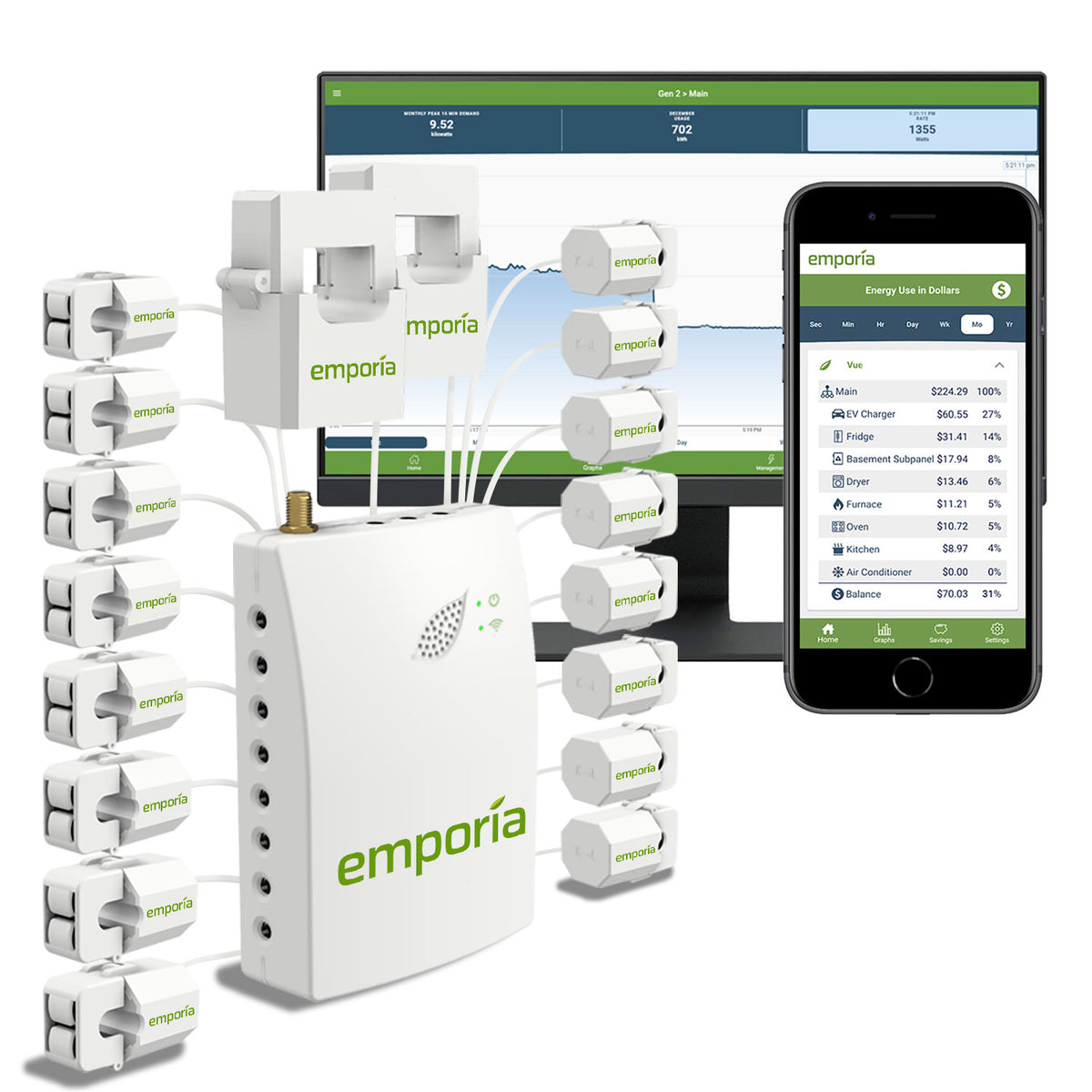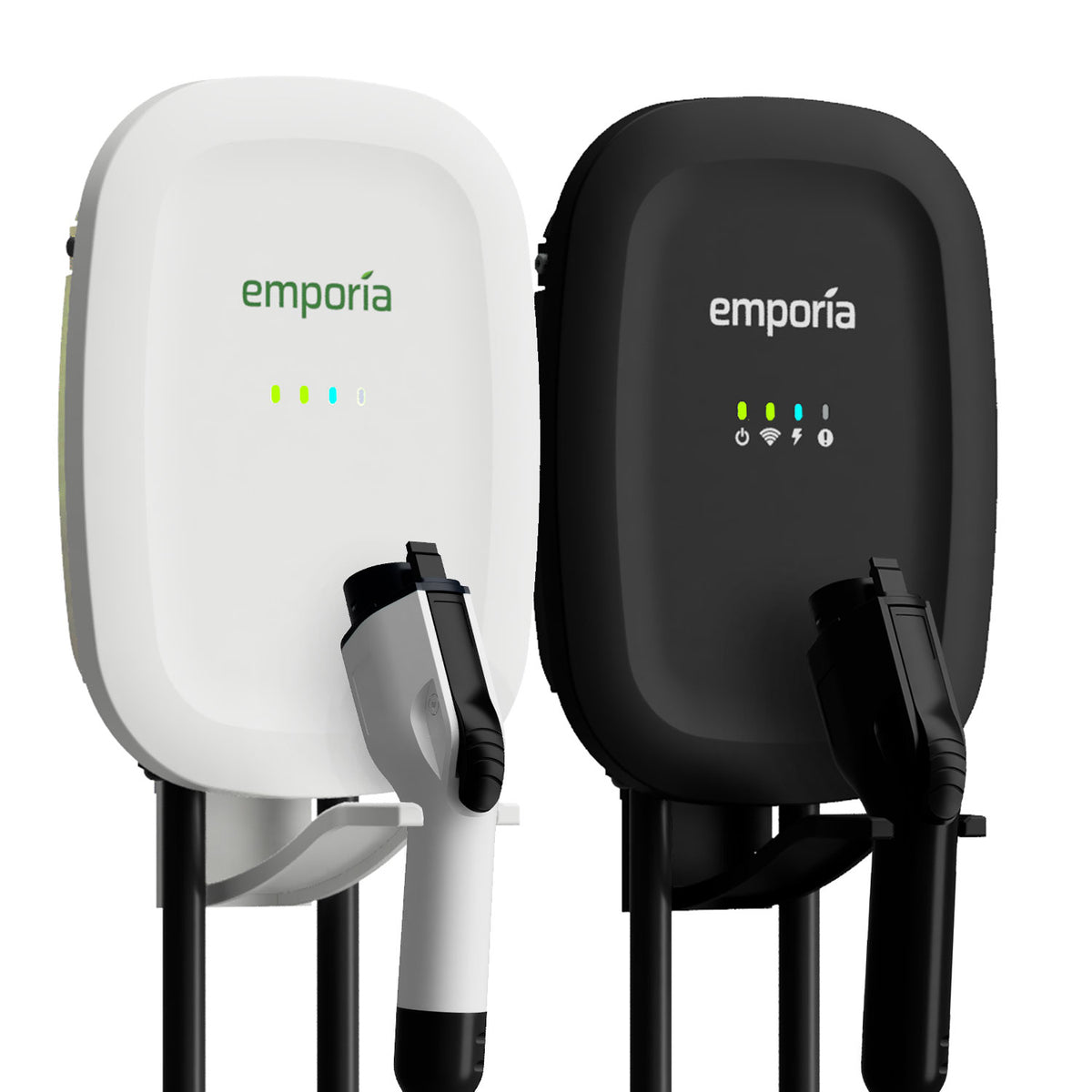I just got a MY 3 days ago. There is no 240V outlet in the garage and I have been charging for the last few days from a 120V outlet using a mobile charger (with J1772) that came with my other non-tesla EV. While I do intend to get a 240V outlet in the garage, there in no urgency as my daily usage is ~20 miles which can be easily replenished in 6 hours of 120V charging.
I live in Sacramento and SMUD is our utility. In the non-summer months, we have a 5-8PM peak and then 8PM -5PM next day is non peak. Additionally SMUD gives an EV credit for all charging between 12-6 AM. So technically 12-6 is the lowest rate at which my EVs should charge.
However in the tesla app, there is no easy start & stop charging option. If I choose the "off-peak charge" option, then it asks for a Off-peak End time, but no option to indicate when it should start or stop charging.
in the charge tab, if I enable the Scheduled charging option then it asks for a "start charging at" time, but no stop charging time. I set charging start time to 12 AM and car start chargin. The problem here is that once the Y starts charging at 12 AM, it does not know when to stop. I set up departure at 8 AM. Here the Y continues to charge beyond 6 AM and went on to precondition the battery at 8 AM but kept charging beyond 8 AM as well. This defeats my goal of charging only between 12-6AM.
Any thoughts on how to correctly set up charging?
I live in Sacramento and SMUD is our utility. In the non-summer months, we have a 5-8PM peak and then 8PM -5PM next day is non peak. Additionally SMUD gives an EV credit for all charging between 12-6 AM. So technically 12-6 is the lowest rate at which my EVs should charge.
However in the tesla app, there is no easy start & stop charging option. If I choose the "off-peak charge" option, then it asks for a Off-peak End time, but no option to indicate when it should start or stop charging.
in the charge tab, if I enable the Scheduled charging option then it asks for a "start charging at" time, but no stop charging time. I set charging start time to 12 AM and car start chargin. The problem here is that once the Y starts charging at 12 AM, it does not know when to stop. I set up departure at 8 AM. Here the Y continues to charge beyond 6 AM and went on to precondition the battery at 8 AM but kept charging beyond 8 AM as well. This defeats my goal of charging only between 12-6AM.
Any thoughts on how to correctly set up charging?
Last edited:





